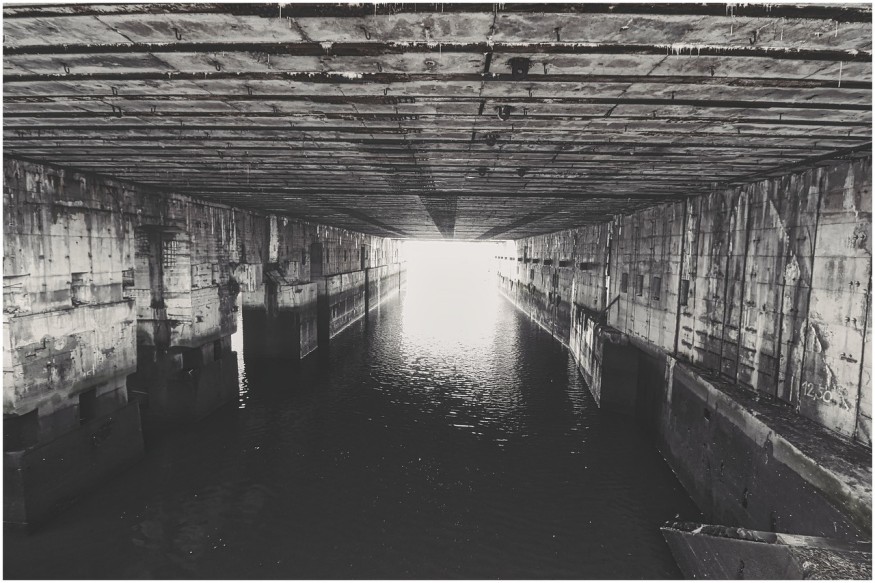
Archaeologists were able to uncover a bunker close to Anda City in northeast China. The bunker is believed to have been the infamous Unit 731's largest testing site, as it performed brutal and sadistic human experiments back in the 1940s.
Unit 731's Horror Bunker
According to Live Science, it was used when Japan occupied China from 1931 all the way to 1945. It first started as a public health unit run by the Japanese. However, it later expanded to cover chemical and biological warfare experiments that had American, Russian, Korean, and Chinese captives as study subjects.
The bunker was initially built by the Japanese in 1941 and ran until the Japanese surrendered at World War II's end. It was considered Unit 731's best-equipped, most-used, and largest facility.
Yahoo! reports that the underground site has several chambers and tunnels. The U-shape structure was first found by researchers when they noticed bunker clusters roughly five feet below the surface. The researchers note that this area may provide new evidence of war crimes that were executed against the Chinese.
The lab was thought to be the largest test site of Unit 731. However, where it was exactly located remained a mystery until this point in time.
Researchers from the Heilongjiang Provincial Institute of Cultural Relics and Archaeology were behind the bunker discovery. They mentioned to the South China Morning Post that the discovery of the bunker stresses the persisting legacy left behind by the inhuman atrocities of Unit 731 and their impact on worldwide efforts to stop biological warfare from taking place.
The archaeologists have yet to enter the bunker, so each room's exact function and purpose have not yet been established. However, the researchers have categorized areas into what they think are observation and dissection rooms, laboratories, barracks, holding cells, bath houses, garages, wells, and dining areas.
The researchers will keep excavating the area to learn more about the specific rooms and how they mixed with each other to serve as a functional horror bunker.
ALSO READ : Nazi World War II Shipwreck in Belgium Coast Leaks Toxic Explosives and Heavy Metals [STUDY]
Horrifying Human Experiments on Biological and Chemical Weapons
The SCMP reports that historical records reveal that brutal human experiments conducted at the site included testing new bioweapons and infecting prisoners with deadly illnesses. Live Science also adds that the experiments involved testing bacterial bombs, flamethrowers, grenades, and chemical weapons. People were dehydrated, injected with animal blood that has diseases, killed within spinning centrifuges, zapped using X-rays, kept within low-pressure chambers until eyeballs burst, and vivisected without using anesthesia.
Some of the most gruesome and brutal studies were performed in underground bunkers in order to control and contain the proliferation of infectious agents. Live Science notes that fleas infected by plagues bred within the labs of Unit 731 were also dropped over Chinese cities by planes flying low. This led to outbreaks that killed several people.
Live Science adds that roughly 12,000 children, women, and men were killed by such inhuman experiments.
RELATED ARTICLE : World War II US Navy Submarine Wreckage Spotted in Japanese Waters
Check out more news and information on Archaeology in Science Times.












